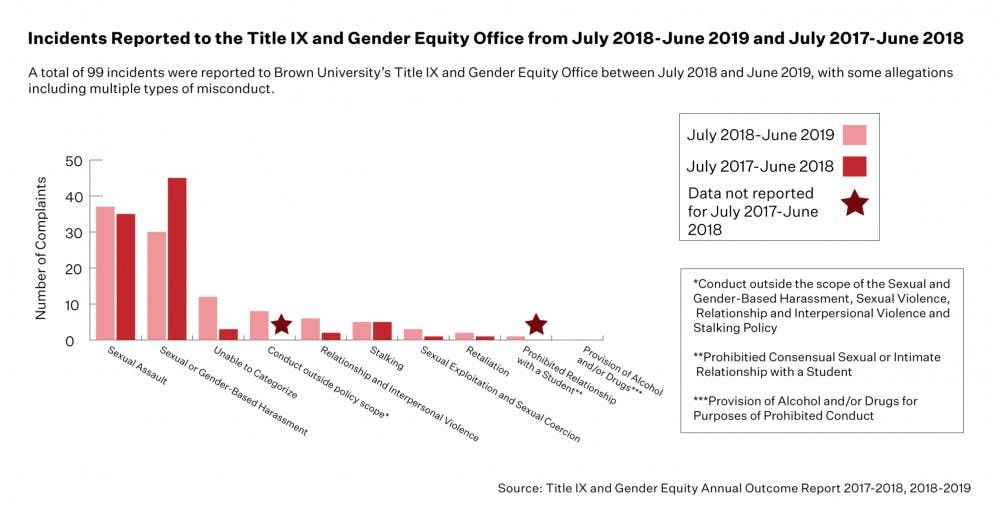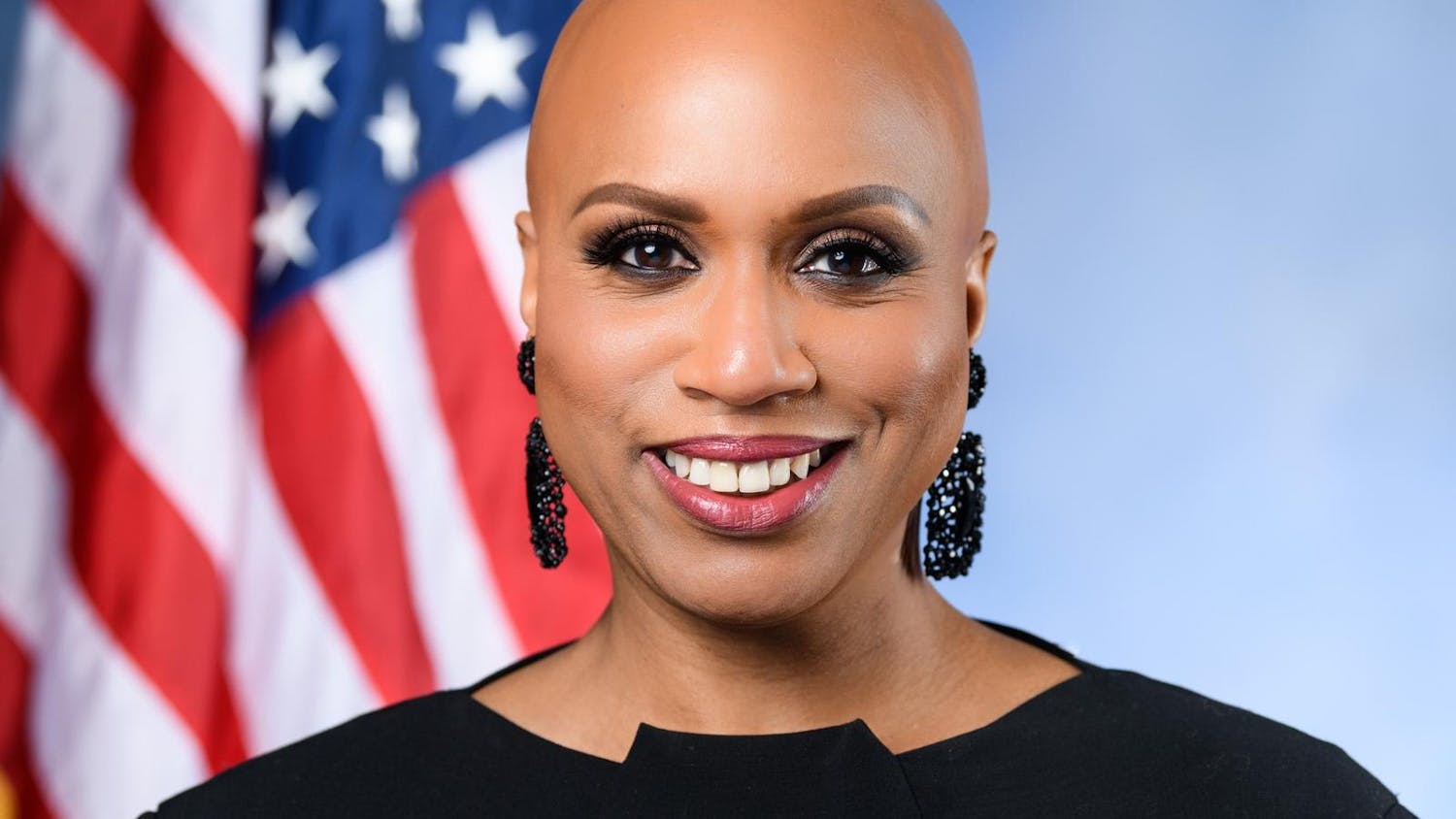The Office of Title IX and Gender Equity received 12 more reported incidents for the 2018-2019 year compared to the previous year, according to their Annual Outcome report for 2018-2019 released May 1.
Between July 1, 2018 and June 30, 2019, the office received 104 allegations of prohibited conduct or inappropriate behavior, an increase from 92 for the 2017-18 year and 59 the year prior, The Herald previously reported.
Sexual assault complaints comprised 37 of the reported incidents, up from 35 last year, while complaints of Sexual or Gender-Based Harassment decreased from 45 to 30. Complaints under the umbrella “Unable to Categorize” increased from three to 12 in the past year as well.
The report also detailed the number of incidents the reporting party may have categorized as sexual exploitation and sexual coercion, relationships and interpersonal violence, stalking and retaliation, as well as "Conduct outside the scope of the Sexual and Gender-Based Harassment, Sexual Violence, Relationship and Interpersonal Violence and Stalking Policy."
The complaints came from “self-reports, third parties who witnessed or were concerned for another individual dealing with the effects of sexual violence and responsible employees.” Responsible employees include students, staff or faculty employees, such as Residential Peer Leaders or Meiklejohn Advisors, who are required to share “all known details of incidents or suspected incidents of sexual and gender-based harm or discrimination with the Title IX Program Officer.”
“Sexual violence and gender-based discrimination are societal issues that plague communities and institutions of higher education across the globe,” the report states. While the increase in reported incidents was “subtle … the increase in community members making use of informal resolution procedures was notable and significant.”
Twenty-two individuals sought to address allegations of potential violations using the University’s procedures.
Among these individuals, 11 complainants sought 15 total formal complaints, as some complaints pertained to more than a single type of prohibited conduct, according to the report. Six were categorized as sexual or gender-based harassment, and seven were categorized as sexual assault. Of these, four were concluded to be responsible. Those four charges resulted in sanctions in the form of three probations, two deferred suspensions and one expulsion.
The other 11 individuals sought informal complaints, which allow the complainants to propose for themselves the terms of their resolution.
The report also highlighted efforts to increase engagement with the community through training and workshops. Title IX Program Office facilitated 41 trainings for more than 2,500 University community participants, while BWell delivered 150 in-person workshops which reached over 6,000 students participants, including graduate and medical school students.
Correction: A previous version of this article featured a graphic that misidentified the dark red bars as representing data from July 2018-June 2019. In fact, the data represents July 2017-June 2018. The Herald regrets the error.

ADVERTISEMENT




